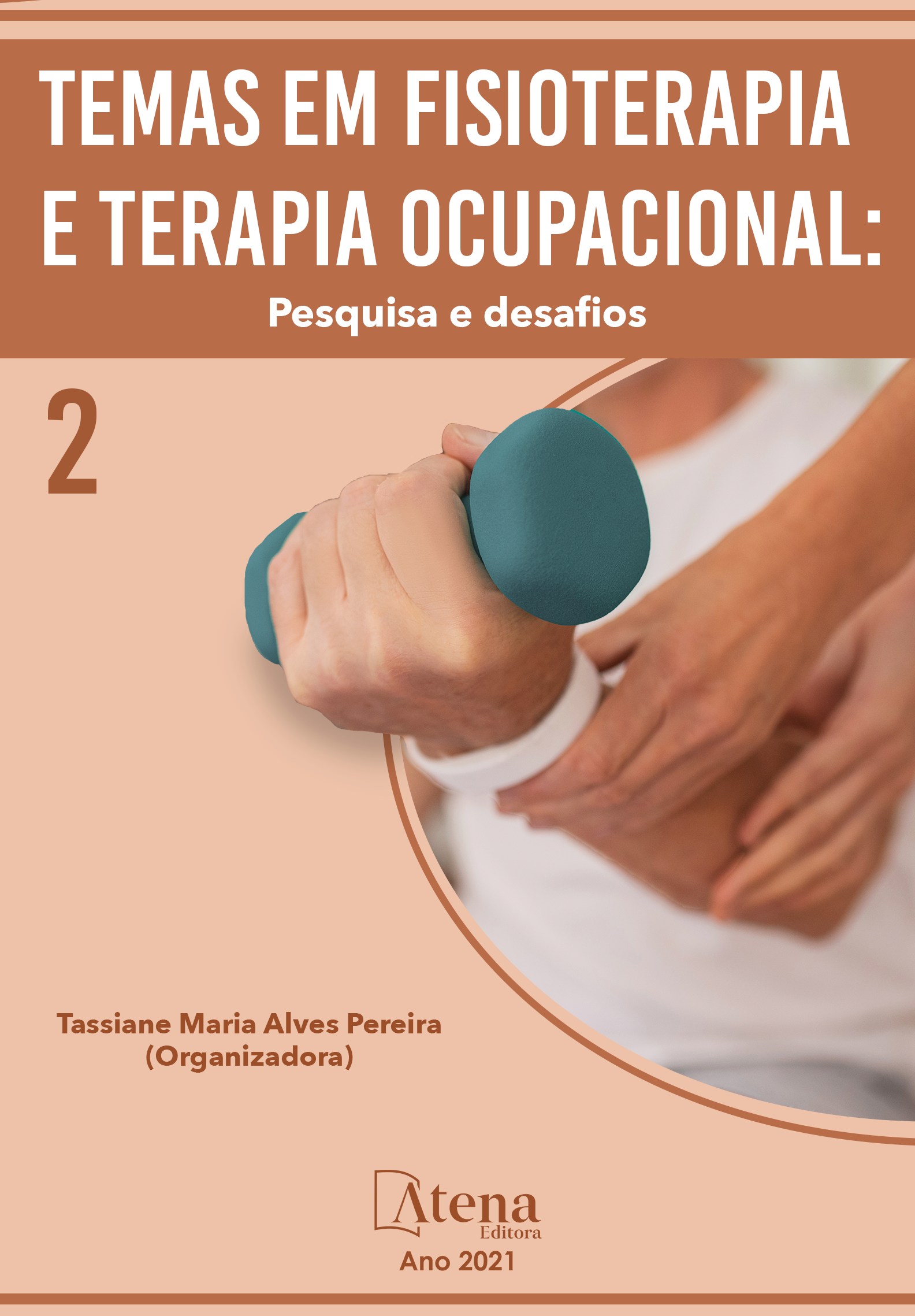
EVIDÊNCIAS DA EFICÁCIA DO LASER DE BAIXA INTENSIDADE PARA CICATRIZAÇÃO DE ÚLCERAS EM PÉ DIABÉTICO – UMA REVISÃO DE LITERATURA
Introdução: As feridas podem possuir um grande impacto na vida de um indivíduo, principalmente quando estão relacionadas a doenças crônicas não transmissíveis, como a diabetes mellitus; estas têm tratamento prolongado e difícil, com cuidados domiciliares e especializados. O pé diabético é uma consequência da diabetes descompensada, associado a neuropatia periférica e doenças arteriais, que propiciam o aumento do surgimento de úlceras nos pés. Portanto, a equipe multiprofissional deve estar envolvida no tratamento de feridas, pois através dela que é ofertado a atenção integral ao paciente levando ao sucesso terapêutico, e este sucesso pode ser encontrado por meio de inúmeros meios, como o uso de terapias de fotobiomodulação, a exemplo do laser de baixa intensidade, o qual é um tratamento capaz de acelerar a reparação de tecidos lesionados. Objetivo: Analisar as evidências da Laserterapia de baixa intensidade para o tratamento cicatricial de úlceras de pé diabético. Metodologia: Trata-se de um estudo baseado na literatura através de consulta na base de dados Biblioteca Virtual em Saúde (BVS) e PubMed. Resultados: Após a análise, 04 artigos foram selecionados por atender os critérios de elegibilidade da pesquisa. O uso do laser de baixa intensidade demonstrou grande eficácia para cicatrização de lesões de pé diabético evidenciando o aumento da qualidade de vida de pacientes diabéticos. Conclusão: A laserterapia demonstrou efetividade na redução das áreas das lesões, o qual é o principal objetivo terapêutico a respeito da cicatrização de úlceras em pé diabético, além de reduzir os quadros álgicos e ter sido possível observar formação de tecido epitelial saudável.
EVIDÊNCIAS DA EFICÁCIA DO LASER DE BAIXA INTENSIDADE PARA CICATRIZAÇÃO DE ÚLCERAS EM PÉ DIABÉTICO – UMA REVISÃO DE LITERATURA
-
DOI: 10.22533/at.ed.88321180614
-
Palavras-chave: Pé Diabético; Cicatrização; Laser de Baixa Intensidade
-
Keywords: Diabetic Foot Ulcers; Wound Healing; Low-Level Laser Therapy
-
Abstract:
Introduction: Wounds can have a great impact on an individual's life, especially when they are related to chronic non-communicable diseases, such as diabetes mellitus; they have prolonged and difficult treatment, with home and specialized care. Diabetic foot is a consequence of decompensated diabetes, associated with peripheral neuropathy and arterial diseases, which promote the increased appearance of foot ulcers. Therefore, the multidisciplinary team should be involved in the treatment of wounds, because through it it is offered integral attention to the patient leading to therapeutic success, and this success can be found through numerous means, such as the use of photobiomodulation therapies, such as low-intensity laser, which is a treatment capable of accelerating the repair of injured tissues. Objective: Analyze the evidence of low-intensity laser therapy for the scar treatment of diabetic foot ulcers. Methodology: This is a literature-based study through consultation in the Virtual Health Library (VHL) and PubMed database. Results: After the analysis, 04 articles were selected for meeting the eligibility criteria of the research. The use of low-intensity laser demonstrated great efficacy for healing diabetic foot lesions, evidencing the increased quality of life of diabetic patients. Conclusion: Laser therapy demonstrated effectiveness in reducing the areas of lesions, which is the main therapeutic objective regarding the healing of ulcers in diabetic feet, besides reducing pain and having been able to observe the formation of healthy epithelial tissue.
-
Número de páginas: 10
- Herman Ascenção Silva Nunes
- Juarez de Souza
- Lenise Ascenção Silva Nunes


